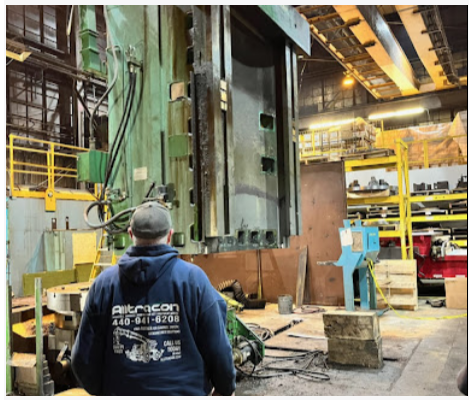5 Steps to Achieve Electrical Product Certification Without Delays
When introducing electrical products to the market, obtaining certification is essential for ensuring compliance with safety and regulatory standards. Unfortunately, many businesses encounter delays in the process. To streamline your electrical product certification journey, follow these 5 essential steps to meet requirements efficiently and without setbacks.
- Understand Certification Requirements Early
One of the primary reasons for delays is a lack of understanding regarding certification requirements. Begin by identifying the specific standards that your electrical product must meet in the target market. This includes:
- Safety Standards (e.g., UL, IEC, or EN standards)
- Regulatory Compliance (e.g., CE marking for Europe, FCC for the USA)
- Industry-Specific Guidelines (e.g., energy efficiency ratings, hazardous environment compliance)
Conduct thorough research and consult with certification bodies to clarify applicable requirements. Make use of official regulatory guides, as non-compliance at this stage can result in significant delays and added costs. Engage with industry experts to eliminate guesswork.
- Partner with Accredited Testing and Certification Bodies
Selecting a recognized certification body is critical to ensure your application meets the required standards the first time. Partner with accredited organizations such as:
- UL (Underwriters Laboratories)
- CSA (Canadian Standards Association)
- TÜV SÜD or TÜV Rheinland (for European markets)
- Intertek and SGS for global certifications
These institutions have vast experience handling various types of electrical product testing and approvals. By choosing an accredited partner, you gain access to detailed guidance on testing protocols, avoiding common pitfalls that lead to delays. Building a collaborative relationship with these bodies allows for faster resolution of potential issues.
- Prepare Detailed Documentation
Comprehensive and accurate documentation plays a pivotal role in product certification. Before submission, ensure that all technical and compliance documents are meticulously prepared. Key documents include:
- Product Specifications: Detailed schematics, bill of materials, and user manuals.
- Test Reports: Results from pre-compliance testing or initial safety evaluations.
- Quality Control Measures: Proof of quality assurance protocols and inspections during production.
- Risk Assessments: Evidence of hazard analysis and safety mitigations.
Missing or incomplete documents frequently cause delays. Work closely with your engineers, manufacturers, and compliance teams to review all files for accuracy and completeness.
- Conduct Pre-Compliance Testing
Pre-compliance testing is a proactive approach to identify and address issues before formal certification begins. By testing your electrical product against required standards early, you can pinpoint and resolve potential failures that would otherwise result in delays. This includes:
- Electrical Safety Testing: Verifying insulation, grounding, and protection mechanisms.
- EMC (Electromagnetic Compatibility) Testing: Ensuring your product does not interfere with other electronic devices.
- Environmental Testing: Assessing performance under various conditions like humidity, temperature, and vibration.
Pre-compliance testing helps minimize surprises during final testing. Utilize third-party testing labs equipped with the necessary expertise and tools for accurate evaluations.
- Implement Efficient Project Management
Effective project management can make the difference between smooth certification and prolonged delays. Assign a dedicated compliance project manager to oversee the process from start to finish. Their responsibilities should include:
- Setting clear timelines and milestones for each phase.
- Coordinating between engineers, testing labs, and certification bodies.
- Addressing unforeseen challenges promptly.
- Regularly reviewing progress to ensure on-time submission of documents and results.
Utilize project management tools such as Asana, Trello, or Microsoft Project to track tasks and deliverables. A well-structured timeline ensures that no aspect of the certification process is overlooked.
Common Pitfalls to Avoid During Electrical Product Certification
To further reduce delays, avoid these common mistakes:
- Ignoring Regulatory Changes: Stay updated on evolving safety and compliance standards.
- Poor Quality Control: Faulty manufacturing practices can lead to test failures and expensive rework.
- Insufficient Documentation: Missing or inconsistent information delays the certification body’s review process.
- Skipping Pre-Compliance Testing: This shortcut often leads to costly issues during final evaluation.
By addressing these challenges early, you can navigate the certification process efficiently and ensure compliance.
Conclusion
Achieving electrical product certification without delays is possible with a proactive and well-structured approach. By understanding the requirements, collaborating with accredited testing partners, preparing thorough documentation, conducting pre-compliance testing, and implementing effective project management, you can accelerate approval timelines and bring your products to market faster.





